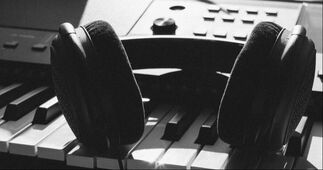
YouTube can be a great tool for finding inspirational recordings and educational videos to show our students. However, there are also many less than wonderful recordings and tutorials out there that can be the source of much frustration for our students!
Like it or not, many of our students spend hours each week using this popular social media platform, so why not harness the power of YouTube and use it as a positive force in our studios?
Today, I am sharing 10 ways you can use YouTube in your lessons, along with some of my favorite videos and channels that you and your students are sure to love! Keep reading to learn more....





 RSS Feed
RSS Feed